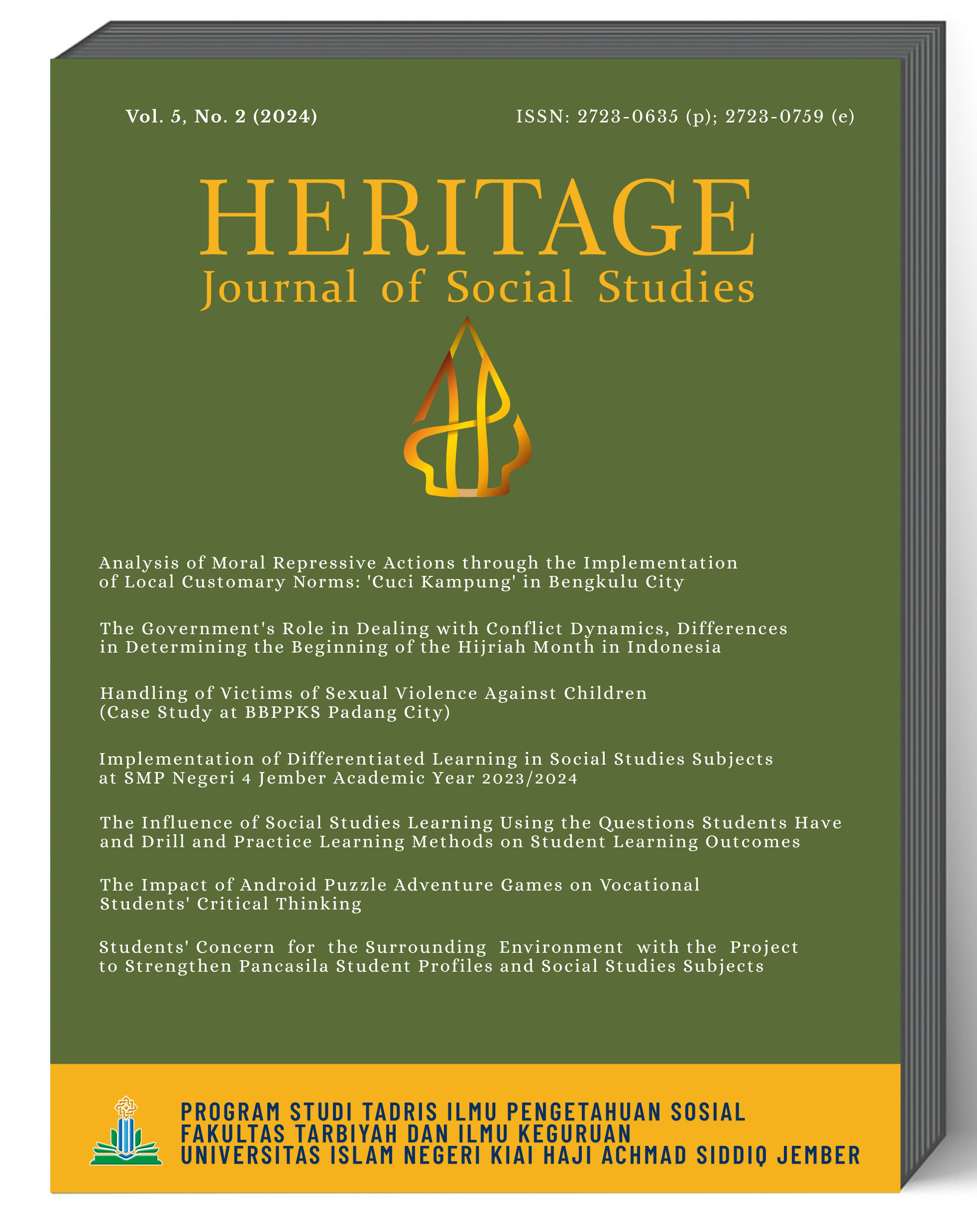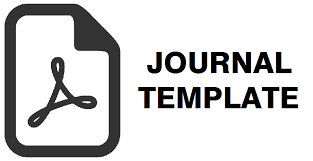Handling of Victims of Sexual Violence Against Children (Case Study at BBPPKS Padang City)
DOI:
https://doi.org/10.35719/hrtg.v5i2.155Keywords:
Handling Victims, Sexual Violence against, childrenAbstract
Center for Social Welfare Education and Training (BBPPKS) of Padang City in handling victims of sexual violence against children, The method used in the research is qualitative research with a descriptive type, according to Bogdan and Taylor, qualitative research methods are research procedures that produce descriptive data in the form of written or spoken words from people and observed behavior, The role of the Center for Social Welfare Education and Training (BBPPKS) of Padang City in Handling Victims of Sexual Violence Against Children, it can be concluded as a role as a facilitator related to the role of BBPPKS Padang City in providing motivation to victims.
References
Adlini, L., Raharjo, S. T., & Wulandari, A. D. (2022). Sinergi lembaga dalam penanganan kekerasan seksual terhadap anak: Studi kasus di Kota Surakarta. Jurnal Sosial Dan Kesejahteraan Anak, 14(2), 112–124.
Anisa, F. R., & Latifah, M. (2019). Dukungan sosial keluarga terhadap anak korban kekerasan seksual. Jurnal Ilmu Keluarga Dan Konsumen, 12(1), 1–11. https://doi.org/10.24156/jikk.2019.12.1.1
Braun, V., & Clarke, V. (2006). Using thematic analysis in psychology. Qualitative Research in Psychology, 3(2), 77–101. https://doi.org/10.1191/1478088706qp063oa
Bronfenbrenner, U. (1979). The ecology of human development: Experiments by nature and design. Harvard University Press.
Creswell, J. W., & Poth, C. N. (2018). Qualitative inquiry and research design: Choosing among five approaches (4th ed.). Sage Publications.
Deblinger, E., Mannarino, A. P., Cohen, J. A., & Steer, R. A. (2006). A follow-up study of a multisite, randomized, controlled trial for children with sexual abuse-related PTSD symptoms. Journal of the American Academy of Child & Adolescent Psychiatry, 45(12), 1474–1484.
Diana, M. (2017). Efektivitas pendekatan psikoterapi dalam rehabilitasi korban kekerasan seksual anak. Jurnal Psikologi Klinis Dan Kesehatan Mental, 6(1), 45–59.
Finkelhor, D. (2009). The prevention of childhood sexual abuse. The Future of Children, 19(2), 169–194. https://doi.org/10.1353/foc.0.0035
Gilbert, R., Kemp, A., Thoburn, J., & others. (2009). Recognising and responding to child maltreatment. The Lancet, 373(9658), 167–180. https://doi.org/10.1016/S0140-6736(08)61707-9
Isobel, S., Goodyear, M., & Foster, K. (2021). A trauma-informed framework to support family mental health across the acute care setting. International Journal of Mental Health Nursing, 30(2), 485–496. https://doi.org/10.1111/inm.12811
Jenson, J. M., Jacobson, M., Unrau, Y., & Robinson, R. L. (1996). Intervention for victims of child sexual abuse: An evaluation of the Children's Advocacy Model. Child and Adolescent Social Work Journal, 13(2), 139–156. https://doi.org/10.1007/BF01876643
Kementerian Pemberdayaan Perempuan dan Perlindungan Anak. (2023). Data Kasus Kekerasan Terhadap Anak Tahun 2022.
Kenny, M. C., Capri, V., Thakkar-Kolar, R., Ryan, E. E., & Runyon, M. K. (2008). Child sexual abuse: From prevention to self-protection. Child Abuse Review, 17(1), 36–54.
Lu, M., Barlow, J., Meinck, F., Walsh, K., & Wu, Y. (2023). School-based child sexual abuse interventions: A systematic review and meta-analysis. Research on Social Work Practice, 33(1), 3–16. https://doi.org/10.1177/10497315221111393
Lev-Wiesel, R. (2008). Child sexual abuse: A critical review of intervention and treatment modalities. Children and Youth Services Review, 30(6), 665–673. https://doi.org/10.1016/j.childyouth.2008.01.008
MacMillan, H. L., Wathen, C. N., Barlow, J., Fergusson, D. M., Leventhal, J. M., & Taussig, H. N. (2009). Interventions to prevent child maltreatment and associated impairment. The Lancet, 373(9659), 250–266. https://doi.org/10.1016/S0140-6736(08)61708-0
Mathews, B., & Collin-Vézina, D. (2019). Child sexual abuse: Toward a conceptual model and definition. Trauma, Violence, & Abuse, 20(2), 131–148. https://doi.org/10.1177/1524838017738726
Nugroho, H. A., & Sulastri, E. (2020). Penerapan teori AGIL dalam layanan rehabilitasi sosial anak berhadapan dengan hukum. Jurnal Penelitian Sosial Keagamaan, 14(1), 35–48.
Paramastri, I., Yayi, J. E. P., Prabandari, S., & Ekowarni, E. (2011). Buklet sebagai media pencegahan terhadap kekerasan seksual pada anak-anak. Universitas Gadjah Mada.
Substance Abuse and Mental Health Services Administration. (2014). SAMHSA’s Concept of Trauma and Guidance for a Trauma-Informed Approach. U.S. Department of Health and Human Services.
UNICEF. (2022). Ending violence against children: Six strategies for action.
Yuwono, I. D., & Tanjung, H. R. (2022). Penerapan hukum dalam kasus kekerasan seksual terhadap anak. Jurnal Hukum Perlindungan Anak, 5(1), 45–60.
Walsh, K., Zwi, K., Woolfenden, S., & Shlonsky, A. (2015). School-based education programmes for the prevention of child sexual abuse. Cochrane Database of Systematic Reviews, (4), CD004380. https://doi.org/10.1002/14651858.CD004380.
World Health Organization. (2017). Responding to children and adolescents who have been sexually abused: WHO clinical guidelines. https://www.who.int/publications/i/item/9789241550147
Downloads
Published
How to Cite
Issue
Section
License
Copyright (c) 2024 heritage

This work is licensed under a Creative Commons Attribution-ShareAlike 4.0 International License.





